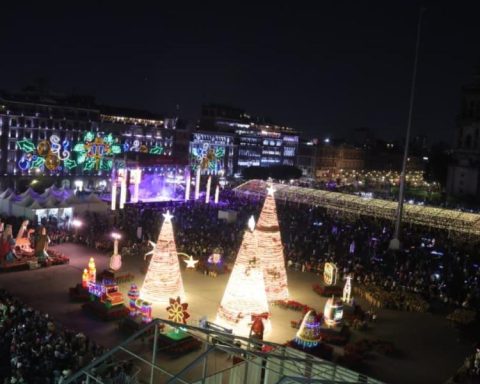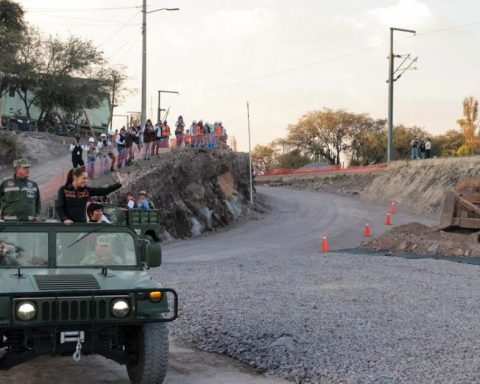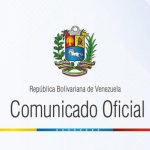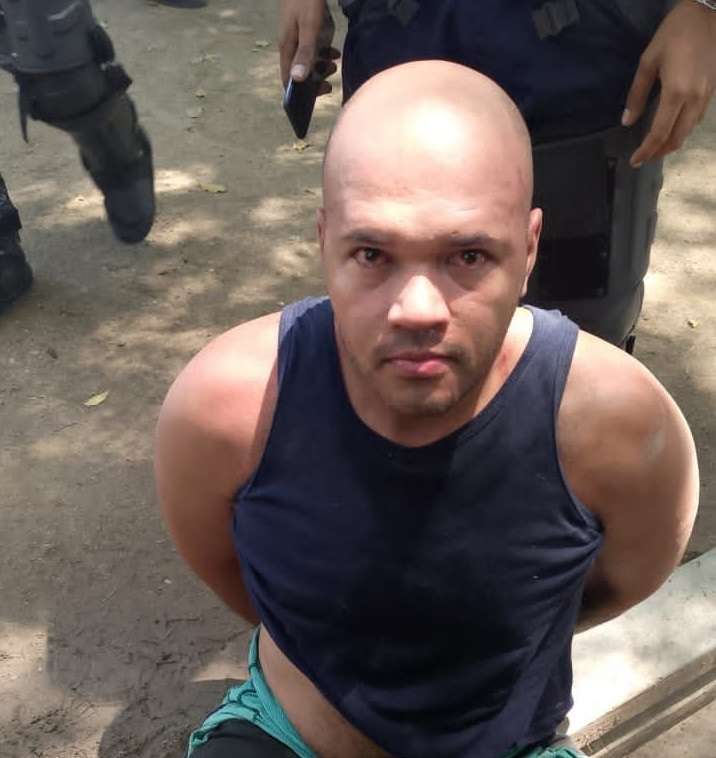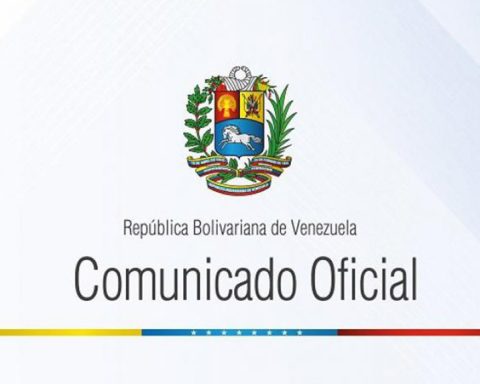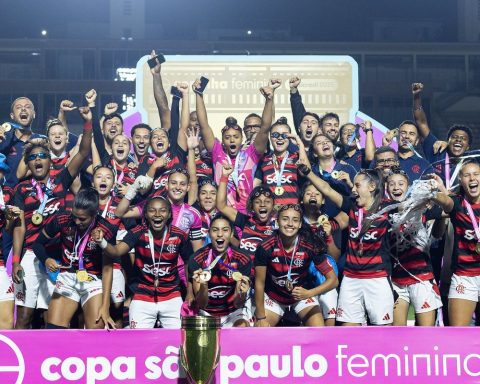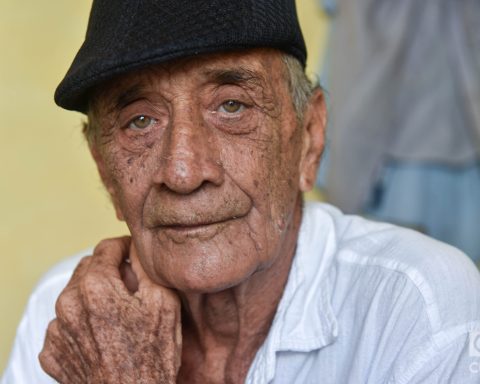S
erg Valdez Rubalcava, Checovaldez, known as Checovaldez, was born in the 1940s in a working-class neighborhood in the Moctezuma neighborhood of what was then the Federal District. The son of graphic arts workers, he began working as a child. Given his premature rebellion against the educational system, his mother sent him to work at the printing press at age 11. Later he worked in photoengraving, in a drawing studio, and as a bookseller.
In his adult life he was a cartoonist, teacher, muralist, editor… His career is long and I do not have enough space to list them one by one, but perhaps the best definition of his career was made by himself when he called himself a homo faber. From that position between joke and sarcasm, he always challenged the theoretical and artistic pretensions of those who disdained the power of creativity, since Checo maintained that creating was not an exclusive gift of geniuses and chosen children of the Renaissance; on the contrary, he argued that creativity was in every person who exercised their capacity to transform, and precisely from there were born hundreds of paintings with the participatory community mural method (MCP), promoted by communities, social movements and national and international organizations, whose creative force came from the conviction of transforming the unjust, unequal, racist and classist societies that we still inhabit.
Checo always avoided intellectual, academic and artistic vanities. He explored collective creativity. The participatory community mural method was the result of his long journey through the turbulent political moments of our country and the world. Above all, the method was born in indigenous territories in rebellion. It is not in vain that the famous mural Life and dreams of the Pearl River Canyon He drew a political horizon at the end of the 20th century, just when the left-wing movements of the world were going through the end of history.
As part of that anti-globalization movement caused by the uprising of the Zapatista Army of National Liberation in 1994, the Taniperla mural began to be replicated since 1998 in different geographies in unison with the tune “Ya se mira el horizonte combatiente zapatista…”
Personally, as a young woman born in the neoliberalism of the 90s, I enjoyed listening to her anecdotes as if they were history lessons, especially those that referred to the guerrillas of the 70s. That of her dear friend Lourdes Uranga, a militant of the Zapatista Urban Front, and that of many other friends of hers who lived through clandestinity and repression. But hers was not an epic anecdote but rather a comical, sarcastic and critical one.
During his stay in Paris he met Lucio Urtubia, the historic internationalist in solidarity with the Latin American guerrillas, who, in the middle of a dinner convened by the French networks of solidarity with Chiapas, told him: Czech, you are an anarchist, because the best anarchist is the one who does not define himself as an anarchist.
; but Valdez, as a good doer, never defined himself as either an anarchist or a Marxist.
Our Checovaldez was a rebel of many times. His death also hurts because it marks the departure of an entire generation of the last decades of the last century, who devised all kinds of protests to challenge the authoritarianism of the PRI regime. We will never forget the student movement of 1968, when Checo coordinated the mass production of graphics and the agile logistics to put up thousands of posters on the walls of Mexico City.
After having lived through the turbulent decades of the 1970s and 1980s, Valdez embarked on the indigenous utopia and it was in the framework of the inauguration of the Zapatista autonomous municipality Ricardo Flores Magón when a military operation repressed the celebration and arrested Checovaldez and a dozen Zapatistas. In prison he joined the organization La Voz de Cerro Hueco, from where they undertook hunger strikes and days of struggle until they achieved freedom.
The Taniperla mural returned to the ravines in 2005 and dozens of murals were later promoted by the Pintar Obedeciendo collective under the MCP methodology, but it was always the communities that decided to capture their history, their episodes of insurgency and above all their dreams and desires.
Checovaldez’s heart stopped, but his seeds remained in the formation of generations of muralists who called themselves Pintar Obedeciendo (PO). They are dozens of anonymous people who have planted participatory community murals in indigenous towns on fertile lands, in paved metropolises and even in border areas.
Whether the murals promoted by Chechovaldez are the continuation of Mexican muralism is a task for critics and history. What I can say with certainty is that the harvest of his sowing will be necessary for what is to come.
Sergio Valdez Rubalcava was a teacher of several generations and above all he was ours compaComrade Checo, as the promoters of Zapatista education called him, there in the ravines dyed with insurgent colors.
